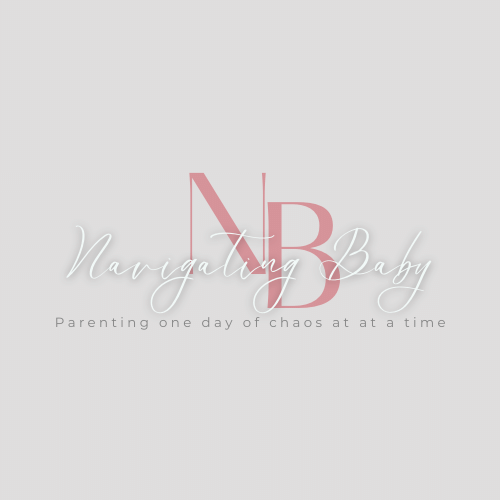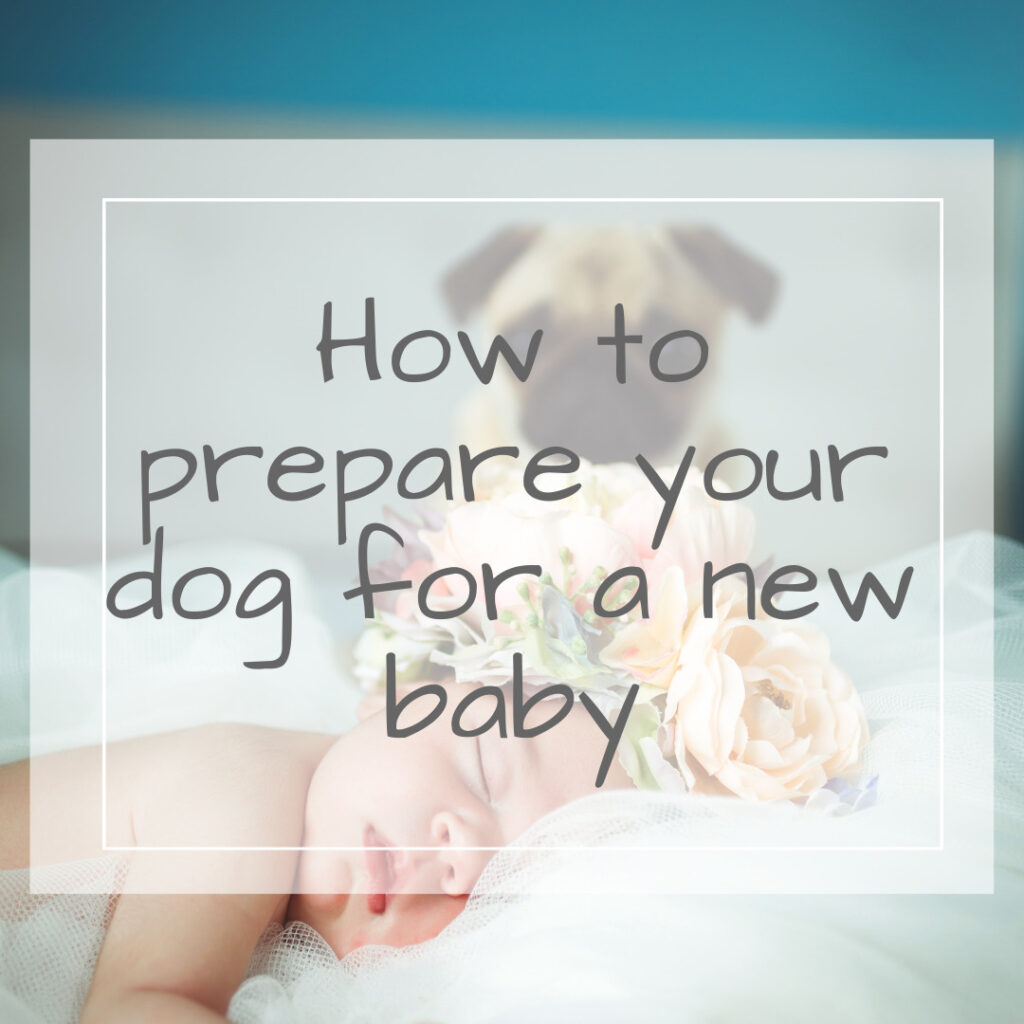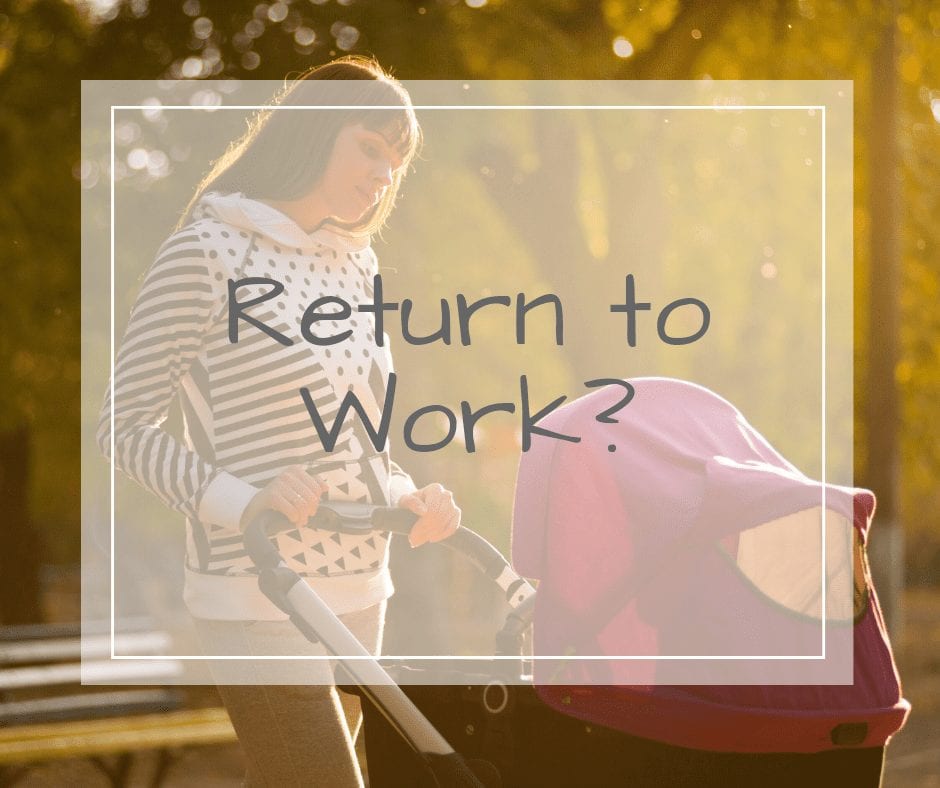How To Prepare Your Dog For A New Baby
The arrival of a new baby is a joyful occasion that often requires some adjustments for every member of the household.
Dogs, with their inherent sensitivity to changes in their environment, are no exception.
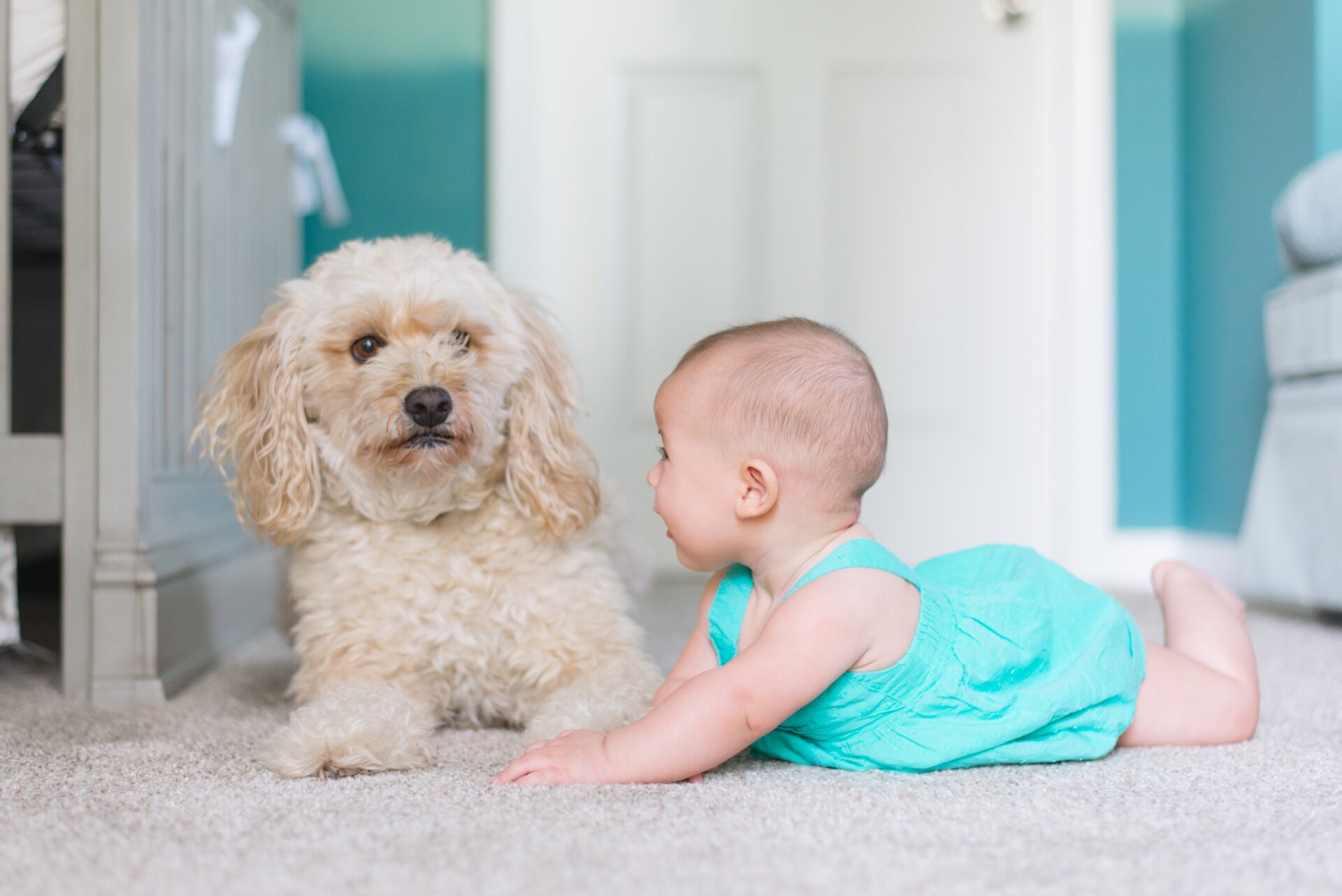
There are numerous strategies to prepare your dog for this significant life event, ensuring a smooth transition for everyone involved.
We will explore these strategies, with an emphasis on maintaining hygiene, creating a positive association with the new baby, and gradually introducing new routines.
Hygiene For Your Dog
A crucial aspect of preparing your dog for a newborn is ensuring optimal hygiene.
Dogs, by their nature, love to explore and can pick up bacteria and dirt from their surroundings. This can be a concern when introducing a newborn into the household as their immune systems are not yet fully developed. So, whether you use a Self-Serve Dog Wash or you splash out at a grooming parlour, here are some practical steps that you can take to maintain your dog’s hygiene:
Dog Shampoos Against Odors
While you cannot remove all odors from a dog, you can significantly reduce them by using dog shampoos.
When selecting a dog shampoo, opt for those designed to combat odors rather than regular shampoos.
These specific products are designed to be gentle on your pet’s skin while efficiently breaking down and washing away the particles that cause odor.
Washing your dog regularly can help maintain a clean and odor-free environment for your newborn.
It’s essential, however, not to overdo it as excessive bathing can lead to dry skin and other health issues for your dog.
Generally, a healthy dog should be bathed once a month; however, this can change depending on the breed and lifestyle.
Keeping Your Dog’s Nails Short
In addition to regular bathing, keeping your dog’s nails short is an important aspect of maintaining hygiene.
Long nails can harbor dirt and bacteria, which could pose a risk to your baby. Additionally, dogs with long nails might inadvertently scratch the baby.
Regular nail trimming is an effective way to avoid these issues. If you’re uncomfortable doing this yourself, consider hiring a professional groomer.
Also, remember that regular walks on concrete can naturally help to keep your dog’s nails trimmed.
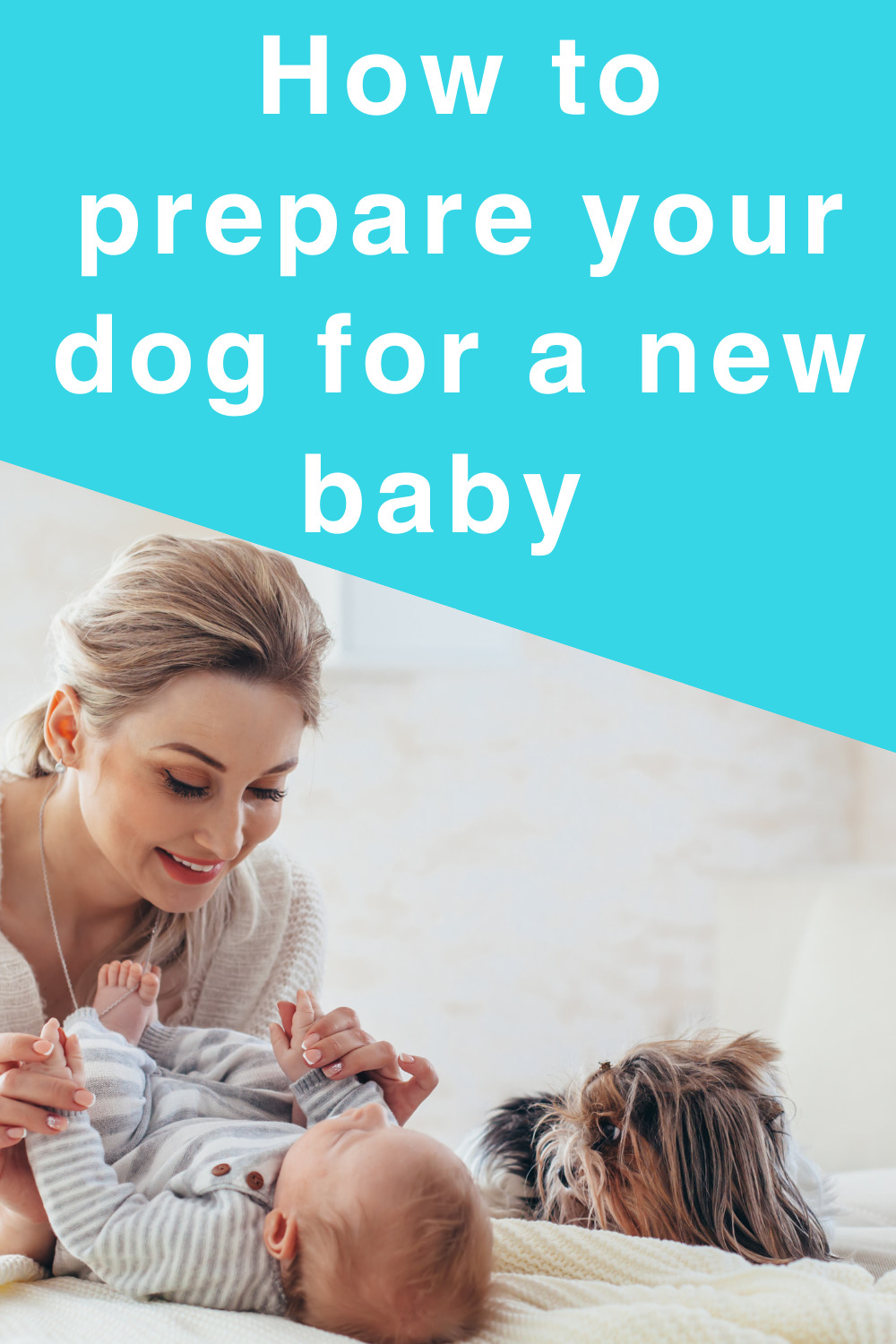
Maintaining Dental Health
Oral health is another key component of your dog’s overall hygiene.
Dogs with poor oral health may have bacteria in their mouths that could potentially harm your baby, especially when they are fond of giving kisses.
To maintain your dog’s dental health, establish a routine of brushing their teeth with a dog-friendly toothpaste.
Dental chews and professional dental cleanings can also contribute to your dog’s oral health.
Creating A Positive Association With The New Baby
After ensuring that your dog is clean and hygienic, the next step is to create a positive association between your dog and the baby.
This involves familiarizing your dog with the baby’s scent, using positive reinforcement, and introducing baby sounds before the baby’s arrival. You could also try to do some fun activities with your dog before baby arrives whilst the baby’s things and baby sounds are around to help your dog prepare for a new baby.
Familiarizing Your Dog With The Baby’s Scent
Dogs rely heavily on their sense of smell to interpret their surroundings.
Introducing your dog to the new baby’s scent before the baby comes home can help in making the baby a familiar presence.
You can start by bringing home a blanket or clothing item that the baby has worn. Allow your dog to sniff these items and reward them for calm behavior.
This can help your dog associate the baby’s scent with positive experiences.
Using Positive Reinforcement
Using positive reinforcement is a crucial strategy in helping your dog associate the baby with good things.
When your dog behaves calmly and appropriately around the baby or the baby’s things, reward them with treats, praise, or a favorite toy.
It’s important to remember that all dogs are different and will take varying amounts of time to adjust. Patience and consistency are key.
Introducing Baby Sounds
Babies can make a lot of noise, and these unfamiliar sounds can be stressful for a dog.
To prepare your dog, you can play recordings of baby sounds at a low volume, gradually increasing the volume as your dog becomes more comfortable.
Rewarding your dog for remaining calm during these sound sessions can help them associate the baby’s noises with positive experiences, making the transition easier when the baby arrives.
Gradually Introducing New Routines
A new baby will inevitably bring changes to your dog’s routine.
Gradually introducing these changes before the baby arrives, setting boundaries, and ensuring your dog still gets plenty of exercise can ease the transition.
Introducing Changes Gradually
Try to anticipate how your routines might change once the baby arrives and start implementing these changes gradually. You may find it useful to think about what your baby’s routine might be and start to work that in for your dog too.
For example, if your dog is used to having free run of the house but will need to be restricted from the baby’s room, start implementing this restriction ahead of time.
Setting Boundaries
Setting boundaries is crucial in ensuring both your baby’s safety and your dog’s comfort.
Using baby gates or playpens can help keep the dog and baby separate when you can’t supervise their interactions.
Ensuring Plenty Of Exercise
Regular exercise is important for a dog’s health and can help alleviate stress. It can also help keep your dog calm around the baby.
Try to ensure your dog gets plenty of exercise each day, even if this means hiring a dog walker when your schedule gets busy with the new baby.
Final Thoughts
In conclusion, preparing your dog for a new baby involves hygiene maintenance, creating a positive association with the baby, and gradually introducing new routines.
Following these steps can help ensure a smooth transition for everyone in the family, providing a loving and harmonious environment for your newborn.
